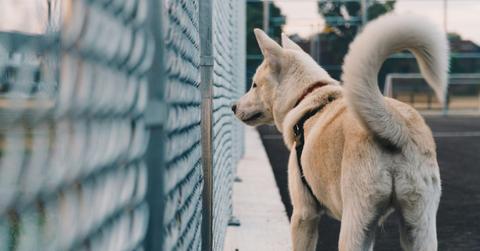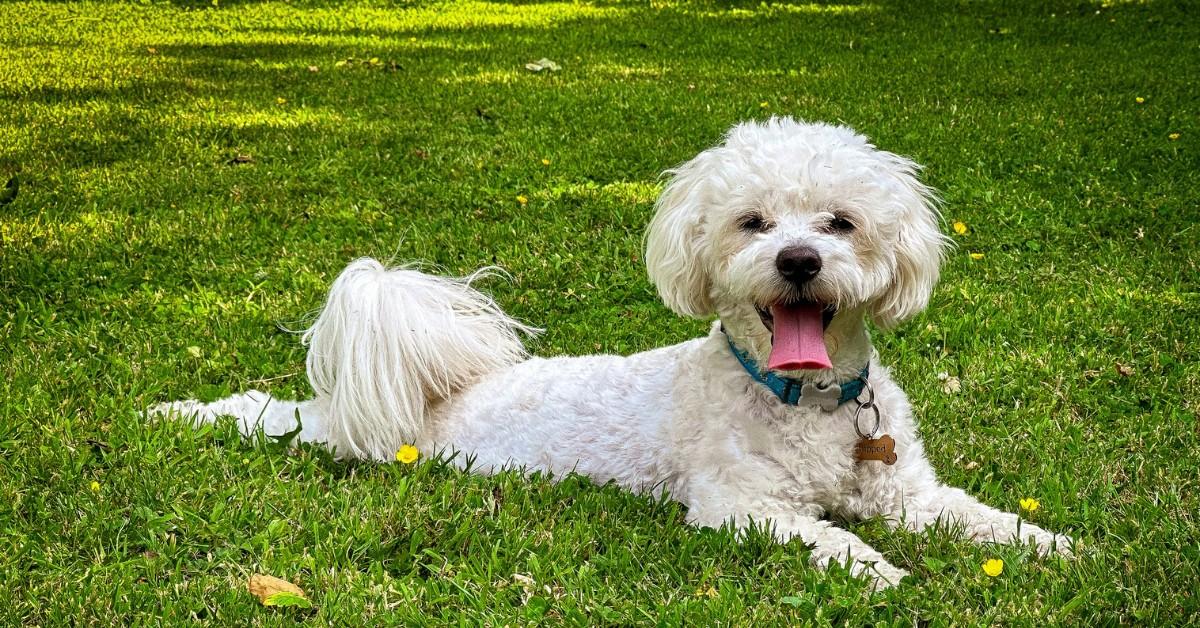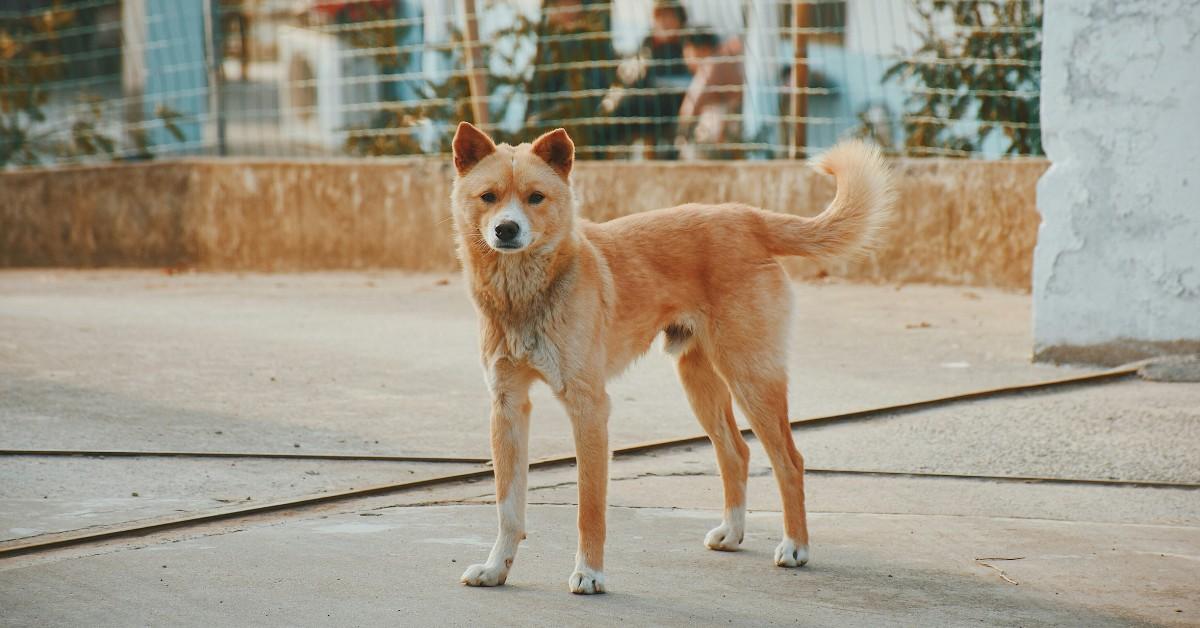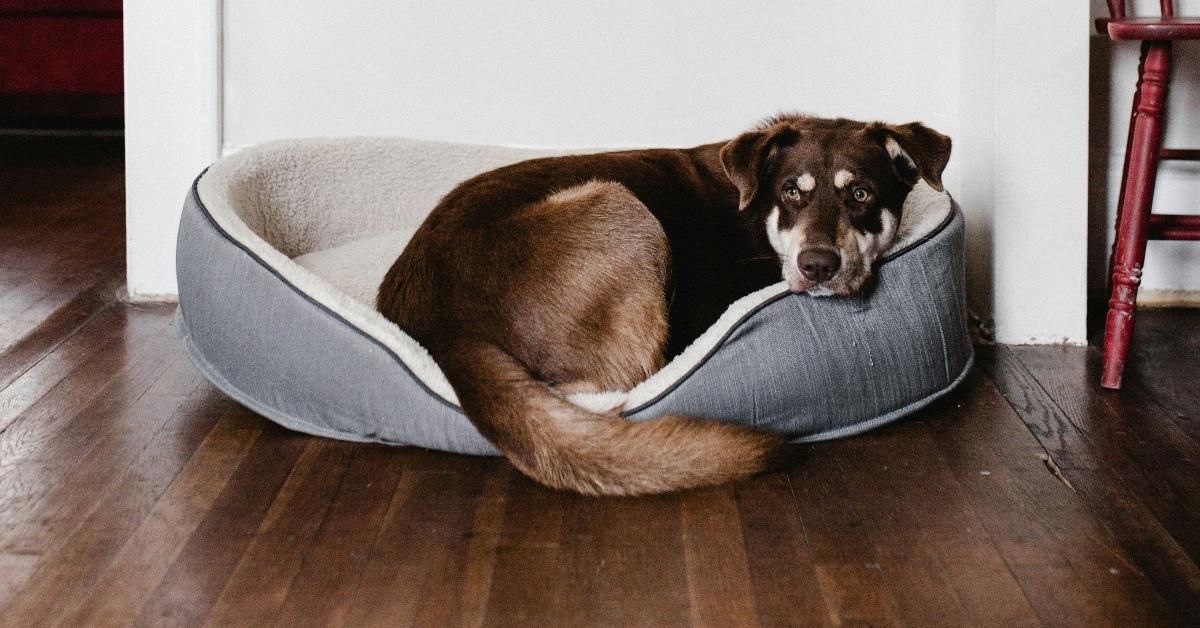Is Your Dog Losing Hair on Their Tail? The Potential Causes and Solutions, Explained
There are several reasons why your dog's tail could be going bald.
Published Feb. 3 2025, 4:08 p.m. ET

A dog can say a lot with his tail. For example, a wagging tail represents happiness, whereas a tail tucked between their legs may mean they're sad. But when it comes to the hair on your dog's tail, that can tell a story as well.
If you've noticed a change in your dog's fur and you've wondered why your dog is missing hair on his tail, there could be a few different things going on.
From allergies prompting your dog to chew on his tail to a vitamin deficiency preventing your dog from absorbing the nutrients he needs, there are plenty of different causes — and fixes — to a balding tail.
Keep reading to learn more.

Why is my dog losing hair on his tail?
According to Chewy, there are a number of reasons why your dog may be losing hair on his tail. Common causes include the presence of pests like fleas and mites. Another issue causing your dog's tail fur to fall out could have to do with allergens, which can range from environmental causes to something that they're eating.
Then there are also more serious causes, including lupus, an infection, or Cushing's disease.
The American Kennel Club notes that sometimes genetics play a role as well, and some hairless breeds may be more likely to lose their tail hair.
No matter what the reason is, the Chewy website says that it's important to get your pup checked by a vet as soon as you notice a problem so that they can receive the diagnosis and treatment needed to make them feel better.

Here are a few home remedies to help with your dog's tail fur loss.
If you've addressed the cause of your pet's hair loss, you can attempt a few home remedies that will not only soothe the irritated skin but can also help new hair begin to grow, according to the Miracle Vet website.
Running a humidifier in the area that your dog frequents, like next to their bed, can help hydrate dry skin, which may fix the itchy feeling that sometimes has dogs scratching and biting themselves raw.
Another suggestion involves eliminating items that may cause an allergic reaction in your dog. So, if the problem stems from exposure to environmental allergens like mold, pollen, and dust, removing those materials from your home may fix them right up.
If it's a dietary issue, buying foods that don't contain common dog allergens (like soy) can also solve the problem.
If you've noticed your dog has been paying close attention to their tail, something as simple as removing their access to it may be enough to help them leave it alone long enough to heal.
The Pet MD website suggests using an e-collar — sometimes known as a cone — to help keep your dog from continuing to scratch or bite at their tail while it heals.
Using a cone will be most helpful if the hair loss was caused by an infection that has since resolved. Determined pups may want to continue to itch or irritate the healed site, potentially creating a new bald spot.
Of course, this isn't meant to substitute the advice of your veterinarian. If you've noticed that your furry friend is losing hair on their tail, you'll want to get them checked out as soon as possible so that their vet can rule out any serious concerns before you try these DIY methods.
